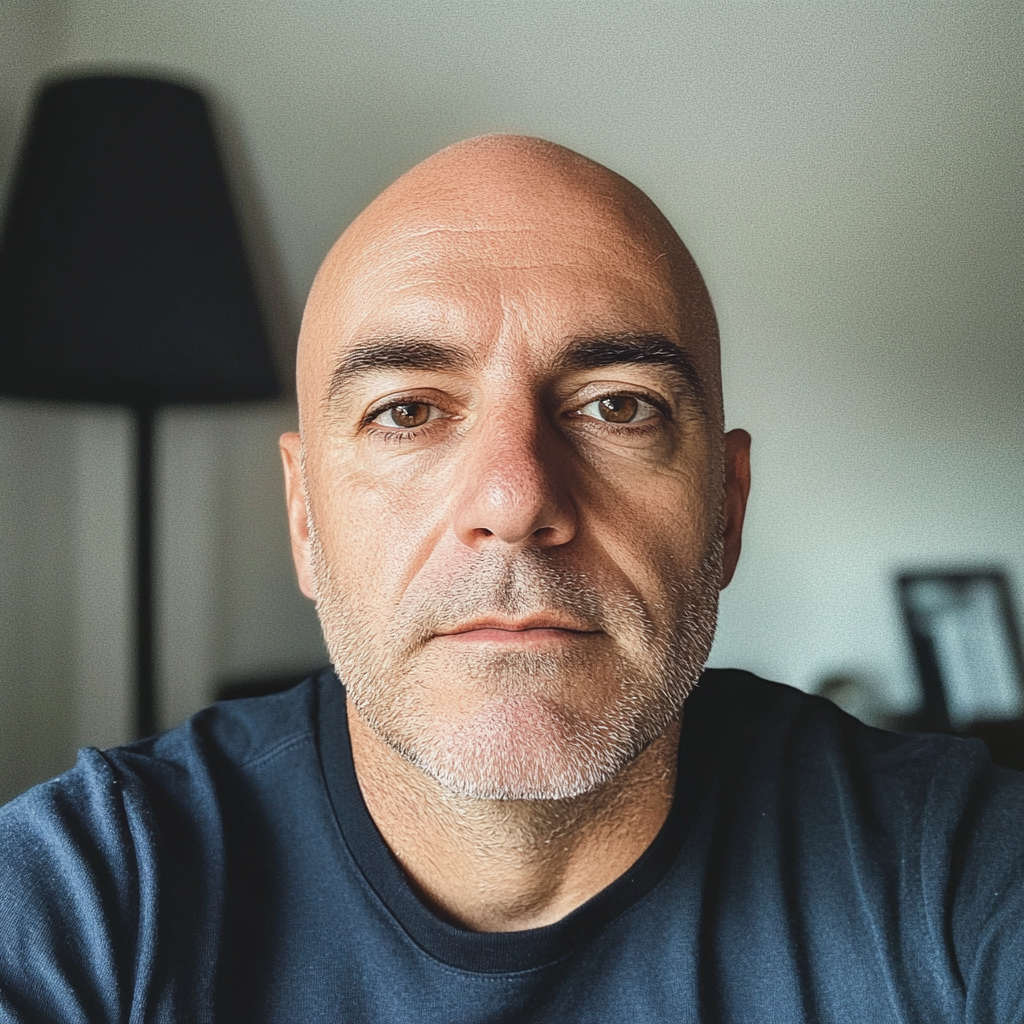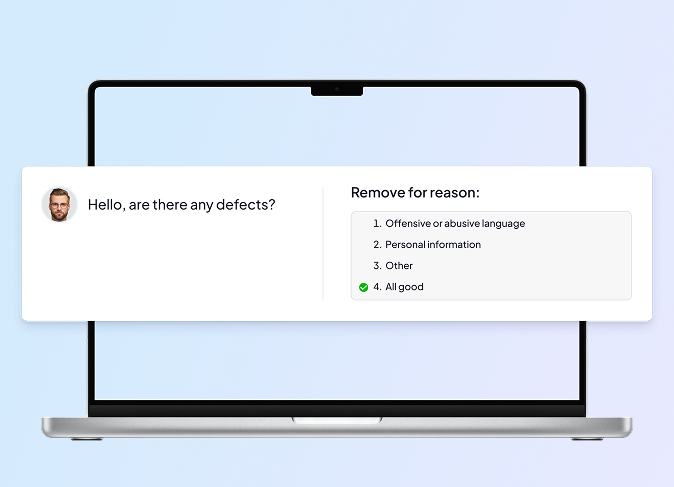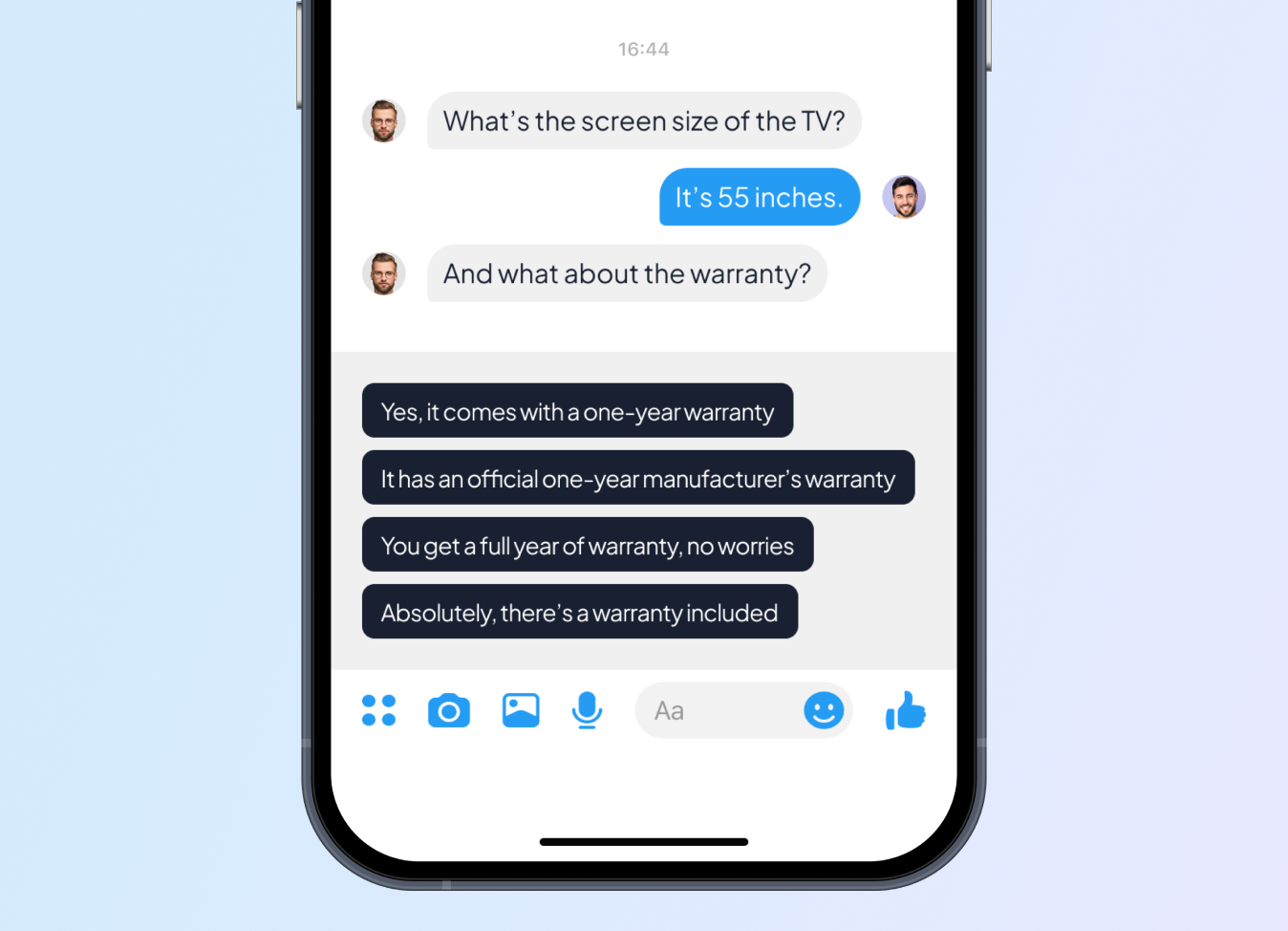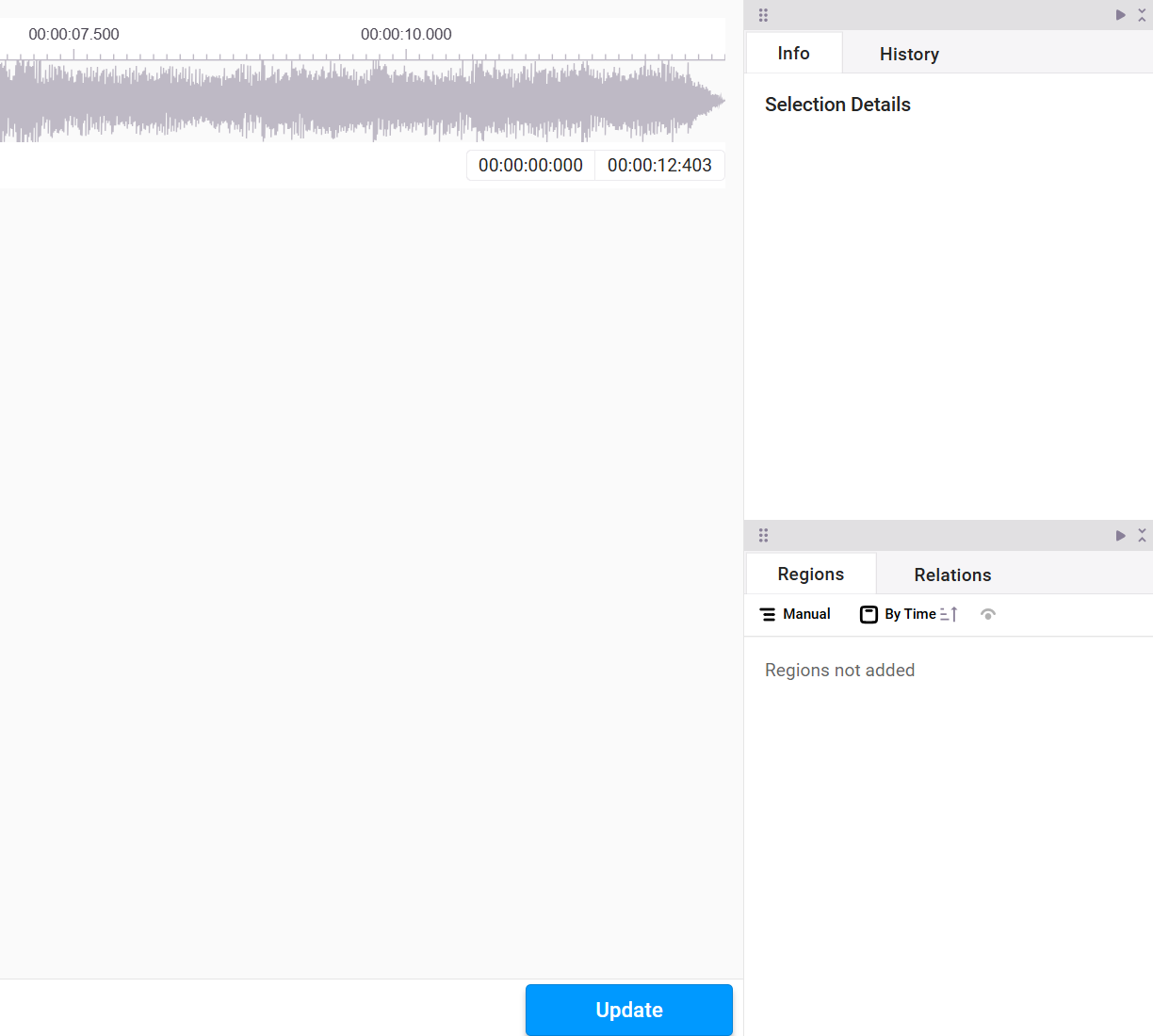The Task
Imagine this: A medical company conducting advanced research on baldness approaches us with an unusual request.
They needed a dataset of bald men. Each set had to consist of five photos of the same person taken from different angles: front view, profile (both sides), top view, and back view.
But it wasn’t just about collecting photos—it was about creating a database where each image was “labeled” with medical precision. The reference point was the Norwood scale, a classification system for the stages of baldness. There was no room for error.
The Solution
-
- 01
-
Preparation Stage:
- Studying the Norwood Scale: We dived deep into the topic, researching everything available about the scale.
- Guideline Creation: With the help of medical experts, we developed an extremely detailed guide for our annotators, describing each stage of baldness down to the millimeter, complete with illustrations and diagrams.
-
- 02
-
Annotator Training and Preparation:
- Every annotator had to pass an entry test on the Norwood scale (a 50-example test) before starting work.
- We conducted hands-on training on annotating photos with different degrees of baldness, analyzing ambiguous cases, and discussing evaluation criteria.
- After training, we calibrated the annotators’ work to ensure uniformity and precision.
- Annotators were also trained in using spreadsheets, data processing platforms, and annotation tools.
- To support the team, we set up a helpdesk for real-time expert assistance.
-
- 03
-
Data Collection:
- A major crowd-platform served as the primary channel for collecting photos.
- We created a clear and engaging task for participants, complete with detailed instructions and examples. To encourage high-quality submissions, we offered competitive compensation.
- Our team closely monitored the process to promptly identify and address potential issues.
-
- 04
-
Data Validation:
- We implemented a multi-layered verification system. First, an automated check ensured that all required photos were present and met technical specifications.
- Then, experts manually annotated the images using the Norwood scale, cross-referencing them with our guidelines.
- To guarantee accuracy, we conducted a cross-validation, where one set of experts reviewed the work of others.
The Result
Not only did we meet the deadline, but we also achieved near-perfect annotation accuracy. Thanks to thorough annotator training and a multi-step validation process, annotation errors were kept to a minimum—less than 1%.
The client approved all the data and was highly satisfied with the results.






